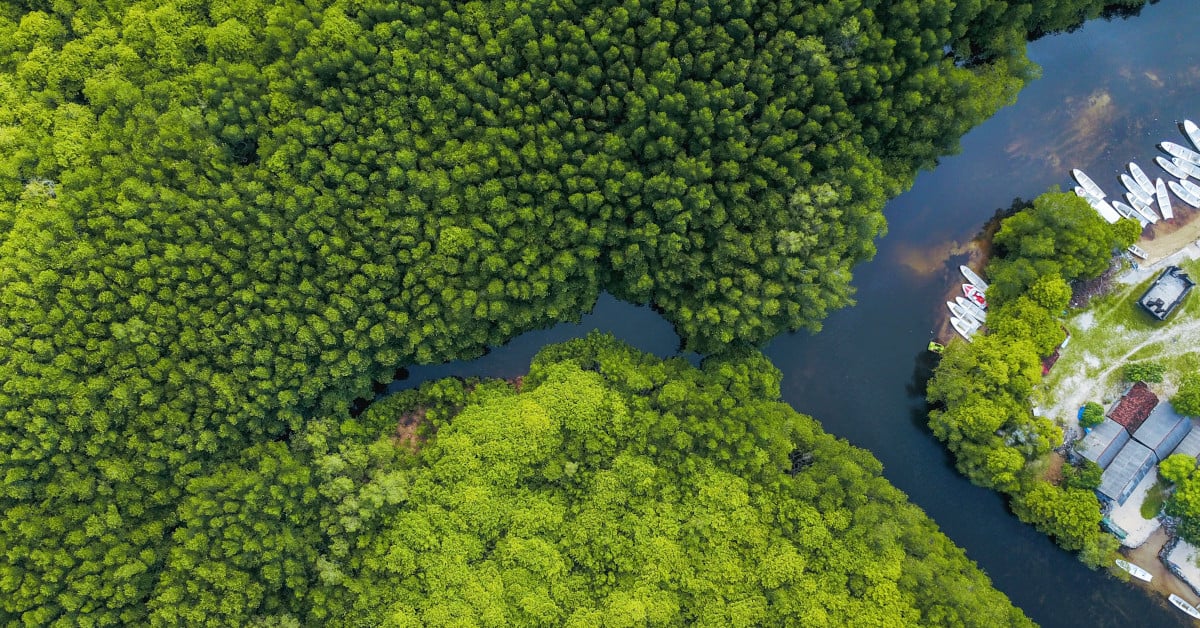California's Water Management Crisis: A State of Water Emergency
Recently, California made international news yet again for extreme weather conditions related to its unseasonably warm winter. While residents might be enjoying what has been a “balmy” December and January, it has come at a precious price. California’s rivers - including the Sacramento and San Joaquin rivers - and reservoirs are below their record lows according to the state's water managers.

By Trevor Macenski
January 23, 2014
 Recently, California made international news yet again for extreme weather conditions related to its unseasonably warm winter. While residents might be enjoying what has been a “balmy” December and January, it has come at a precious price. California’s rivers - including the Sacramento and San Joaquin rivers - and reservoirs are below their record lows according to the state's water managers.
Recently, California made international news yet again for extreme weather conditions related to its unseasonably warm winter. While residents might be enjoying what has been a “balmy” December and January, it has come at a precious price. California’s rivers - including the Sacramento and San Joaquin rivers - and reservoirs are below their record lows according to the state's water managers.
As a result of the extremely dry conditions in California, Governor Jerry Brown issued a State of Emergency which consequently has huge ramifications on the state's water supply affecting farmlands and communities alike. When asked what the reasoning behind his decision was, he simply said “the need for conservation efforts”.
California is generally an arid state, so why is this big news? Simply put, California has a sharing problem. Yes, like a toddler with toys, California is very much divided as to how the state should share its water resources. Opinions vary from Northern, to Central, to Southern California, but the general consensus is that there simply is not enough to go around. Given this fact, residents are now faced with another reality check: which particular use demands the greatest priority? Should it be saving Salmon spawning grounds in Northern California, watering agricultural crops in the Central Valley, or having enough drinking water in Southern California? There just isn’t enough to go around. This leads us back to the governor’s recent call to action -  conservation.
conservation.
As a global environmental and sustainability firm, FirstCarbon Solutions (FCS) is well-versed in the concept of “conservation” so much so I would say it’s overused in our vocabulary depending on the “natural resource” that is being discussed. However, the central point of any definition is still the same -- conserve now so that adequate supplies are available later. Which, interestingly enough, leads us to concept of sustainability which sure sounds a lot like trying to identify the perfect balance between environmental, social and economic needs to ensure the resource for future generations.
The interesting thing about this recent proclamation by California’s Governor Jerry Brown is that not only did it include 20 orders that cover such things as Water Conservation Planning, Voluntary Water Transfers and Monitoring Groundwater Basins; but there was also a very specific order that could have implications to State, regional and local governments:
The Department of Water Resources and the Water Board will take actions necessary to make water immediately available, and, for purposes of carrying out directives 5 and 8, Water Code section 13247 and Division 13 (commencing with section 21000) of the Public Resources Code and regulations adopted pursuant to that Division are suspended on the basis that strict compliance with them will prevent, hinder, or delay the mitigation of the effects of the emergency. Department of Water Resources and the Water Board shall maintain on their websites a list of the activities or approvals for which these provisions are suspended.
 Now, for those who are not well versed in “Government Code” speak, Division 13 of the Public Resources code - also known as the California Environmental Quality Act (CEQA) - has received a lot of attention in recent months. As part of this recent state of emergency announcement, the Governor has functionally exempted “discretionary actions” related to water releases (Number 8), water transfers between the State Water Project and Central Valley Project (Number 5).
Now, for those who are not well versed in “Government Code” speak, Division 13 of the Public Resources code - also known as the California Environmental Quality Act (CEQA) - has received a lot of attention in recent months. As part of this recent state of emergency announcement, the Governor has functionally exempted “discretionary actions” related to water releases (Number 8), water transfers between the State Water Project and Central Valley Project (Number 5).
This not only has ramifications to local water use, but also impacts local and regional land use planning. And because, as they say, the show must go on, be assured that local and regional government will continue to consider “discretionary actions” or projects under CEQA. This brings to light the important question of how and will this State of Emergency affect your project’s “environmental baseline”?
If you are working on a project that needs to evaluate long term water supply, at this point in time it is best to proceed with caution. Contact FCS with any sustainability and environmental questions related to your project and how you should take this recent announcement into account in your analysis.
Related Articles
Natural Resources Management, CEQA
By Kevin Bolland on December 23, 2019
Environmental Impacts | Environmental Assessments | CEQA | Environmental Planning | city planning
By Megan Crawford on November 19, 2019
Natural Resources Management | FCS | Forests
By Frank Coyle on August 7, 2018
CEQA | GHG Emissions | FCS | California
Be a sustainability leader.
Our team supports you no matter where you are on your Sustainability Journey. Talk to us today to learn more.





